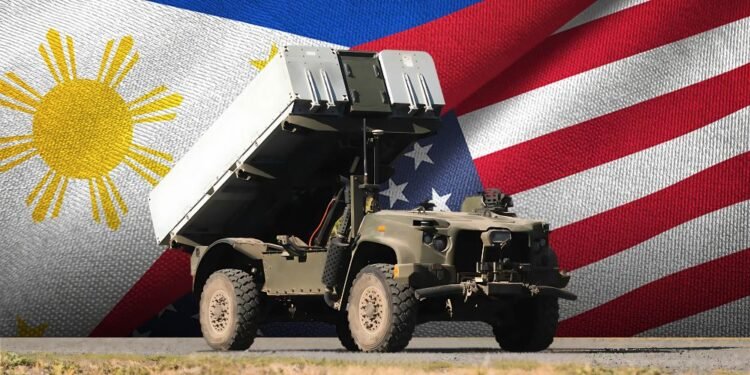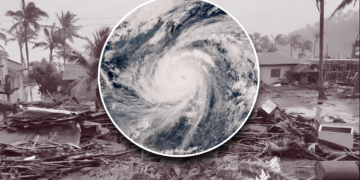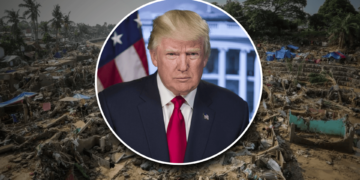The U.S. military just parked one of its most advanced weapons in the Philippines — and not just anywhere, but in Batanes, the country’s northernmost tip, sitting just a few hundred kilometers from Taiwan.
It’s called NMESIS, short for Navy/Marine Expeditionary Ship Interdiction System — a name that sounds like a villain in a sci-fi movie, but its purpose is dead serious: sink ships before they ever get close.
The move happened during Balikatan 2025, the largest-ever joint military exercise between the U.S. and the Philippines. With over 16,000 troops involved, this year’s drills weren’t just for show — they came with live-fire missile systems, cyber defense ops, and drills focused on territorial defense. But NMESIS stole the spotlight.
What makes NMESIS such a big deal?
This system isn’t just another truck with rockets. NMESIS uses remote-controlled launchers armed with Norwegian-made Naval Strike Missiles that can fly up to 185 kilometers, skim the sea, and strike with precision.
It’s fast, stealthy, and hard to detect — the kind of weapon designed to stop enemy warships before they even show up on the radar.
The Economist notes this is the first time the U.S. has ever deployed NMESIS overseas — and they chose the Philippines. That speaks volumes about how Washington sees Manila’s role in the Indo-Pacific chessboard.
It also raises eyebrows about just how heated things are getting in nearby waters, especially with Taiwan just a short flight away and the South China Sea growing more contested by the day.
Why Batanes? Why now?
Batanes isn’t just a scenic postcard — it’s strategic real estate. From there, missiles can potentially cover parts of Taiwan’s surrounding waters and the Luzon Strait, one of Asia’s busiest maritime routes.
By positioning NMESIS in Basco during Balikatan, the U.S. demonstrated that its defense strategy is expanding — and the Philippines is part of the frontline.
This all falls under the Enhanced Defense Cooperation Agreement (EDCA), which allows U.S. forces rotational access to key Philippine bases. Under President Marcos Jr., EDCA sites have expanded — including locations in Cagayan and Isabela, both in northern Luzon.
While the Philippines maintains the agreement is for humanitarian response and defense, its military implications are impossible to ignore.
What does this mean for Filipinos?
There’s no missile threat today — but there is a shifting reality. The Philippines is no longer just watching the geopolitical tension between major powers — it’s in the middle of it. Whether that increases security or increases risk depends on who you ask. But what’s clear is that Manila’s role in regional defense is growing fast.
The NMESIS units have since left after the Balikatan drills wrapped. Still, the message is loud and clear: the U.S. is getting serious about deterrence in the Indo-Pacific — and it’s doing it with the Philippines at its side.












